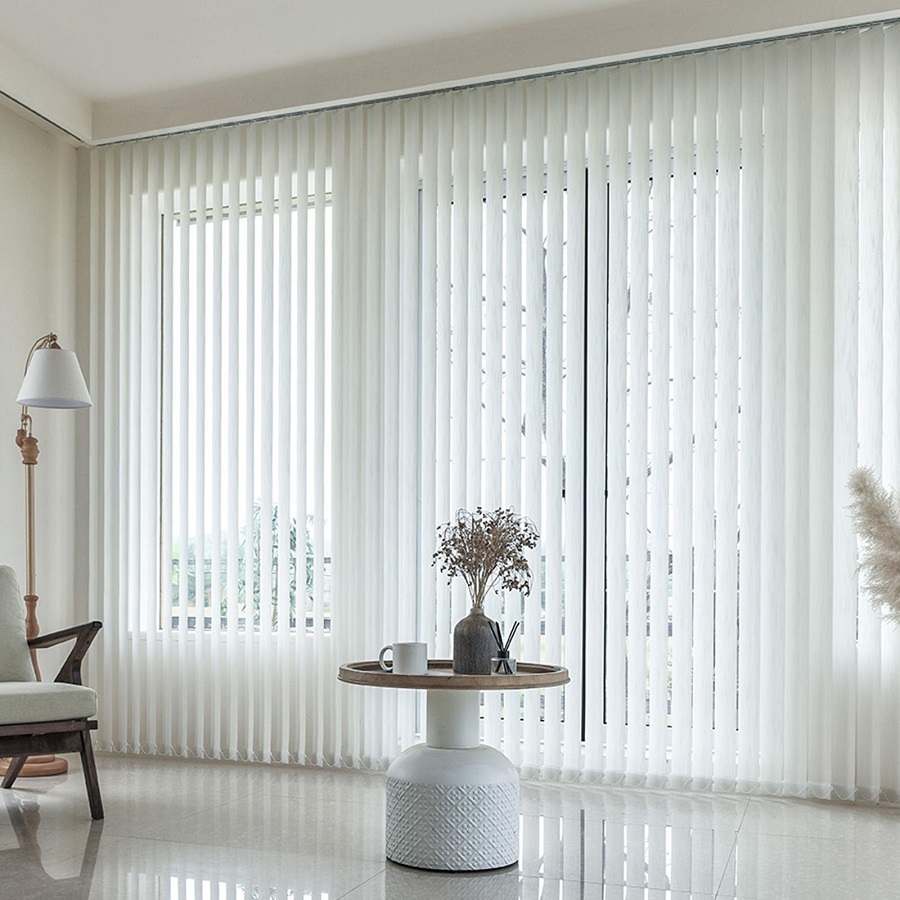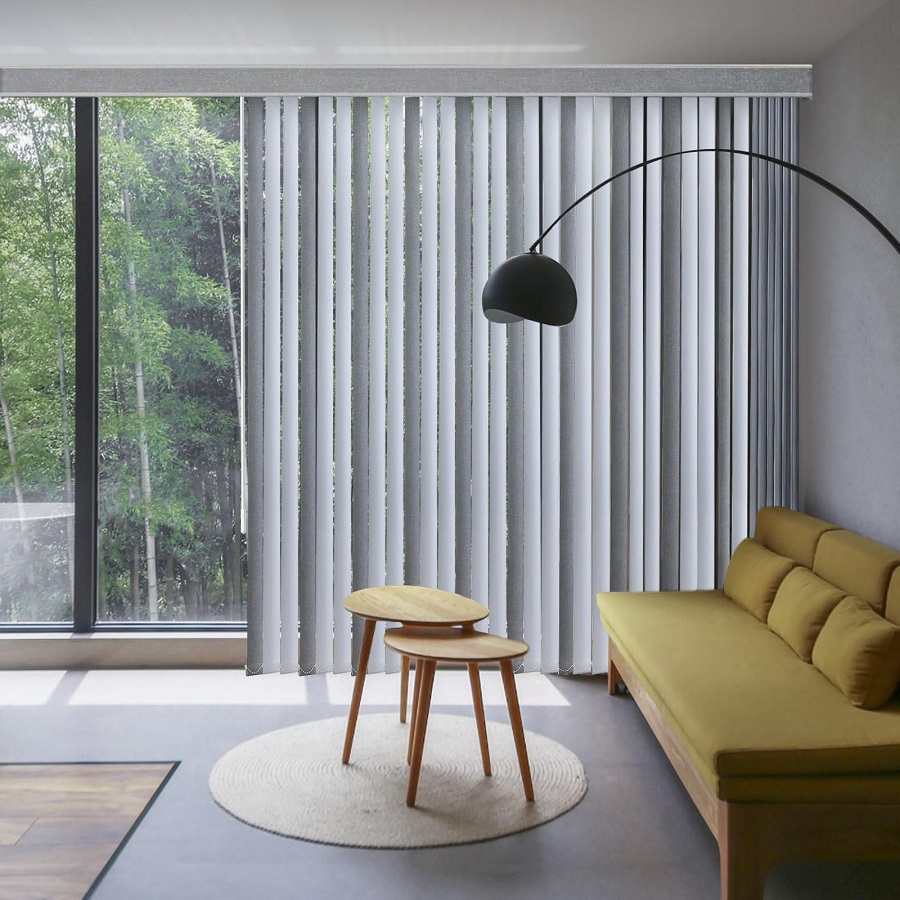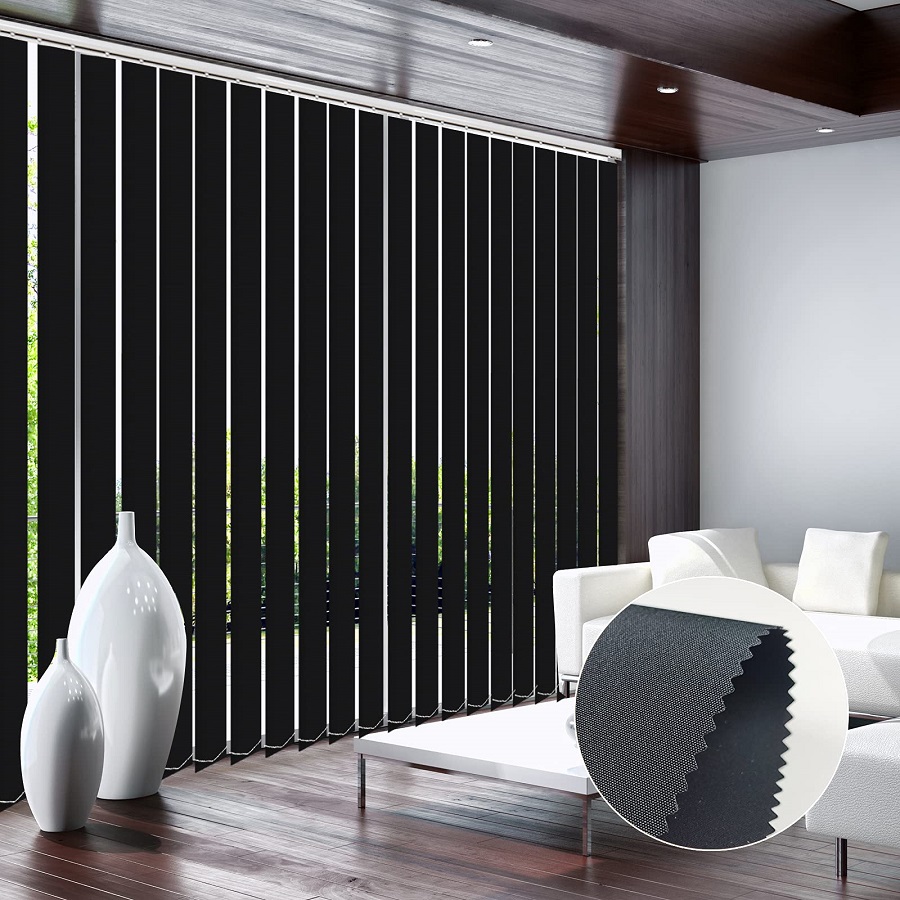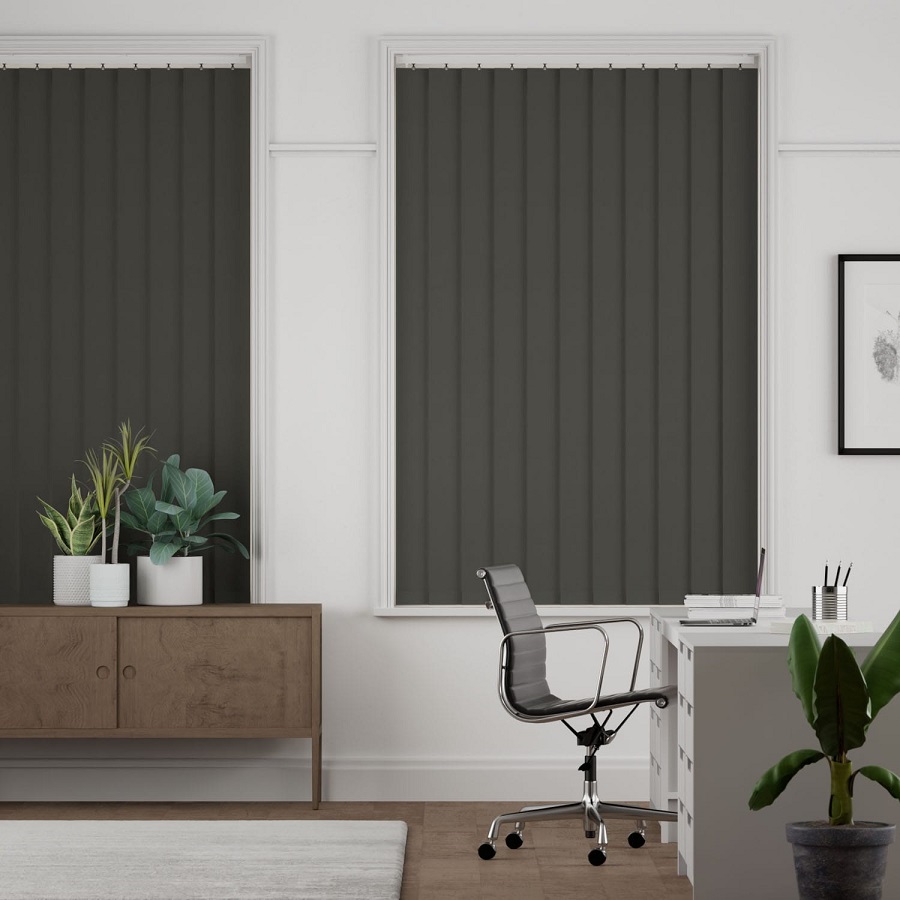Introduction
In the realm of interior design, the choice of window treatments plays a pivotal role in defining the ambiance and functionality of a room. Among the myriad options available, vertical blinds have evolved from their utilitarian past into chic, contemporary design elements that can effortlessly elevate any living or working space. This guide delves into the world of modern vertical blinds, exploring their advantages, design possibilities, and how to incorporate them stylishly into your home renovation or redecoration project.

Understanding Modern Vertical Blinds
Gone are the days when vertical blinds were synonymous with office buildings and uninspired decor. Today’s offerings boast sleek designs, innovative materials, and a wide array of colors and textures that cater to diverse aesthetic preferences. These blinds consist of individual slats, typically made from PVC, fabric, wood, or aluminum, which hang vertically and can be rotated to control light and privacy.
Advantages of Modern Vertical Blinds
- Versatility in Light Control: One of the primary appeals of vertical blinds lies in their ability to precisely adjust the amount of natural light entering a room. By tilting the slats, you can filter sunlight for a soft glow or completely block it out for movie marathons or afternoon naps.
- Space-Efficiency: Unlike traditional curtains, vertical blinds take up minimal space when opened, making them ideal for smaller rooms or areas with sliding doors and large windows. They seamlessly blend into the background, enhancing the sense of spaciousness.
- Easy Maintenance: Many modern vertical blinds are designed with easy cleaning in mind. Fabric options can often be machine washed or spot cleaned, while PVC and aluminum slats can be wiped down quickly, ensuring your blinds look fresh and new for years to come.
- Enhanced Privacy & Energy Efficiency: The ability to fully close and overlap the slats provides excellent privacy control. Moreover, they can help insulate against heat and cold, contributing to energy efficiency by reducing the need for excessive heating or cooling.
Design Considerations
Material Selection
- PVC: Durable and cost-effective, PVC blinds are perfect for high-moisture areas like kitchens and bathrooms. They come in various finishes that mimic wood or metal for a more upscale look.
- Fabric: Offering a softer touch and an extensive range of patterns and colors, fabric vertical blinds bring warmth and texture to a room. They’re great for bedrooms and living spaces where a cozy atmosphere is desired.
- Wood: Wooden blinds lend a touch of natural elegance and are well-suited for rustic, traditional, or Scandinavian-inspired decors. They offer excellent insulation but require more maintenance than synthetic options.
- Aluminum: Sleek and modern, aluminum blinds provide a minimalist, industrial look. Their light weight and resistance to corrosion make them suitable for sunny areas and commercial spaces.
Color & Pattern
Choose colors and patterns that complement your existing decor. Neutral shades like white, beige, or gray offer versatility and a timeless appeal, while bold hues or patterns can serve as statement pieces, adding depth and character to a room.
Customization Options
Many manufacturers now offer custom-made vertical blinds, allowing you to specify exact dimensions, material, color, and even the operating mechanism (cordless, motorized, etc.) to perfectly fit your unique requirements and personal style.
Styling Tips
- Layering: Combine vertical blinds with sheer curtains for a layered look that adds depth and visual interest. This technique also allows for greater flexibility in light control and creates a soft, inviting atmosphere.
- Contrast or Harmony: Select blinds that either contrast or harmonize with your wall color. Contrasting blinds can act as an accent feature, while those in similar tones blend seamlessly for a cohesive, minimalist look.
- Incorporate Smart Features: Motorized vertical blinds not only add a touch of luxury but also enhance accessibility and convenience, especially in hard-to-reach areas.
- Consider Room Orientation: In north-facing rooms that receive less direct sunlight, warmer tones can help brighten up space. Conversely, south-facing rooms might benefit from cooler hues to counterbalance the strong sunlight.

Sleek Materials and Finishes
Gone are the days of bulky, plastic vertical blinds. Contemporary designs now favor sleek materials like aluminum, wood, and faux wood, which not only exude elegance but also offer durability and ease of maintenance. Matte and brushed metallic finishes add a touch of sophistication, while textured fabrics bring warmth and depth to rooms. These materials can be customized to match or contrast with existing decor, allowing for a seamless integration into any design scheme.
Bold Colors and Patterns
Color and pattern have become key elements in transforming vertical blinds from mundane to statement pieces. Designers are experimenting with vibrant hues, pastel tones, and even ombre effects to create visual interest and inject personality into spaces. Patterned blinds, featuring geometric prints, abstract designs, or even natural motifs, can act as a focal point, elevating the room’s ambiance without overwhelming it.
Motorization and Smart Integration
The integration of smart technology has revolutionized the functionality of vertical blinds. Motorized systems allow for effortless control through remote controls, smartphone apps, or voice commands, enhancing convenience and accessibility. These systems can also be synced with home automation systems, enabling users to schedule opening and closing times or adjust according to ambient light levels, contributing to energy efficiency.
Flexible Track Systems
Modern vertical blind systems feature flexible track designs that cater to a variety of window shapes and sizes, including bay windows, sliding doors, and even irregularly shaped apertures. These tracks can be curved, S-shaped, or even split, providing versatility in how the blinds are drawn. This adaptability ensures optimal light control and privacy while maintaining a clean, streamlined look.
Eco-Friendly Options
Sustainability is at the forefront of design trends, and vertical blinds are no exception. These materials not only contribute to a greener living space but also introduce unique textures and natural aesthetics that align with the growing demand for biophilic design.
Layering Techniques
Layering vertical blinds with other window treatments, such as sheer curtains or roller shades, is another trend gaining traction. This approach offers greater control over light filtration and privacy while adding depth and texture to the window area.
Minimalist Aesthetics
The minimalist movement continues to influence vertical blind designs, with a focus on simplicity, clean lines, and monochromatic palettes. Slimmer profiles, hidden mechanisms, and uniform colors contribute to a clutter-free look, enhancing a sense of spaciousness and calm. In this context, vertical blinds serve as subtle yet functional elements that complement rather than compete with the overall design scheme.

Custom Printed Designs
Personalize your space with custom printed vertical blinds. Advances in printing technology now allow you to turn your favorite photographs, artwork, or even abstract designs into unique window treatments. This option is perfect for adding a statement piece to a room or showcasing your personal style. Custom prints can create a focal point in a room, turning an ordinary window into a conversation starter.
Green Living: Bamboo and Natural Materials
For eco-conscious homeowners, bamboo and other natural material vertical blinds are a sustainable option. Not only do they bring a sense of organic warmth to a space, but they also promote good air quality as they are naturally resistant to mold and mildew. Bamboo blinds offer a relaxed, beachy vibe and are highly versatile, suiting both modern and traditional interiors. Other natural options include reed, jute, and grass cloth, each with its own unique texture and color variation.
Sheer Vertical Blinds
Sheer vertical blinds are an elegant solution for those who want to maintain an open, airy feel while still having control over light and privacy. These blinds consist of delicate. Translucent fabric vanes suspended between sheer panels, allowing softly diffused light to enter the room even when closed. Perfect for spaces that benefit from natural light. Such as dining rooms or studies, sheer verticals create a soft, sophisticated aesthetic without compromising on functionality.
Conclusion
Revamping your space with modern vertical blinds is a smart investment that marries form and function beautifully. With careful consideration of materials, colors, and design elements. These blinds can transform any room into a stylish and comfortable haven. Whether you’re seeking a minimalist update or a bold design statement. The versatility of today’s vertical blinds ensures there’s a perfect match for every taste and need. Embrace the evolution of this classic window treatment and elevate your living space to new heights of sophistication and practicality.
